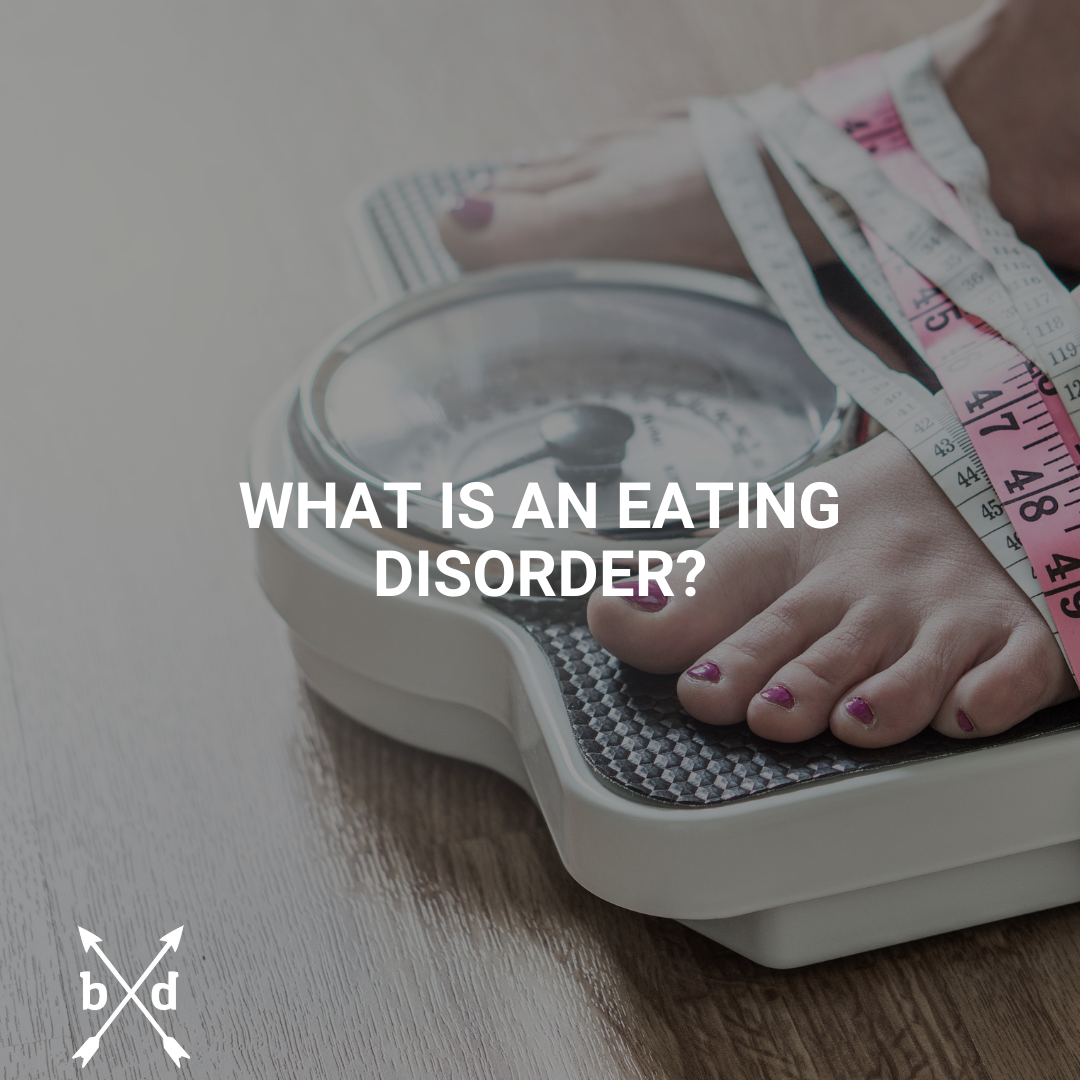
An Overview Of Eating Disorders - What Is An Eating Disorder?
Eating disorders are a dark topic that have a lot of stigma surround them. Many have a pre-conceived notion of what an eating disorder is, while many are simply unable to comprehend how a person has a difficult relationship with food. It's understandable, given that eating disorders aren't talked about as much as they should be. Many see them as simply anorexia, and a person trying to be skinny, while in reality the complexity of an eating disorders and the types of them extend far beyond that. Eating disorders are a life threatening mental illness, and they affect people of all ages, genders, ethnicities and backgrounds.
What is an eating disorder?
Eating disorders are mental illnesses in which sufferers experience life-threatening disturbances in eating behaviour. These include things like anorexia nervosa, bulimia nervosa, and binge-eating disorder, as well as Avoidant/restrictive food intake disorder (ARFID) and Other Specified Feeding or Eating Disorder (OSFED).
What is Other Specified Feeding or Eating Disorder (OSFED)?
OSFED, or Other Specified Feeding or Eating Disorder, accounts for the highest percentage of eating disorders across the UK. The reason being is is OFSED is typically used when somebody's eating disorders don't fit the 'typical' description for anorexia, bulimia or binge eating disorder.
Causes of eating disorders
There are several factors that contribute to someone developing an eating disorder. Dieting, weight gain, and negative body image can all be contributing factors in developing an eating disorders such as bulimia nervosa. Some examples of these risk factors include cultural pressure on weight and shape, as well as societal norms on body appearance. These pressures are not just limited to western society; they can also be present in other cultures or communities around the world.
Signs of an eating disorder
There are many signs of an eating disorder, though everyone's experience may be different. If you think you or someone you know might have one, please talk to a qualified healthcare provider.
Signs of disordered eating might include:
- Avoiding foods based on weight and shape concerns, like being vegan or gluten-free (When there isn't physical need for you to be)
- Feeling like they have little control over their food intake
- Being scared by intense feelings around food and hunger (eating when not hungry, feeling anxiety about what to eat)
- Feeling disgust with oneself after eating high calorie foods (even if they were delicious at the time!)
Types of Eating Disorders
There are five major types of eating disorders: The 3 most common are anorexia nervosa, bulimia nervosa, and binge-eating disorder, with some lesser known disorders like Avoidant/restrictive food intake disorder (ARFID) and Other Specified Feeding or Eating Disorder (OSFED).. In each of these cases, there are differing degrees of severity. Anorexia nervosa occurs when people have unrealistic standards for body weight and restrict their food intake to dangerously low levels. This leads to numerous health risks including heart failure and brittle bones. Bulimia nervosa causes individuals to engage in recurring episodes of binging - eating large amounts of food in short periods of time - followed by purging behaviours such as vomiting or taking laxatives. Finally, those who suffer from binge-eating disorder eat excessive amounts of food in short periods but do not engage in purging behaviour like those with bulimia.

Leave a Comment